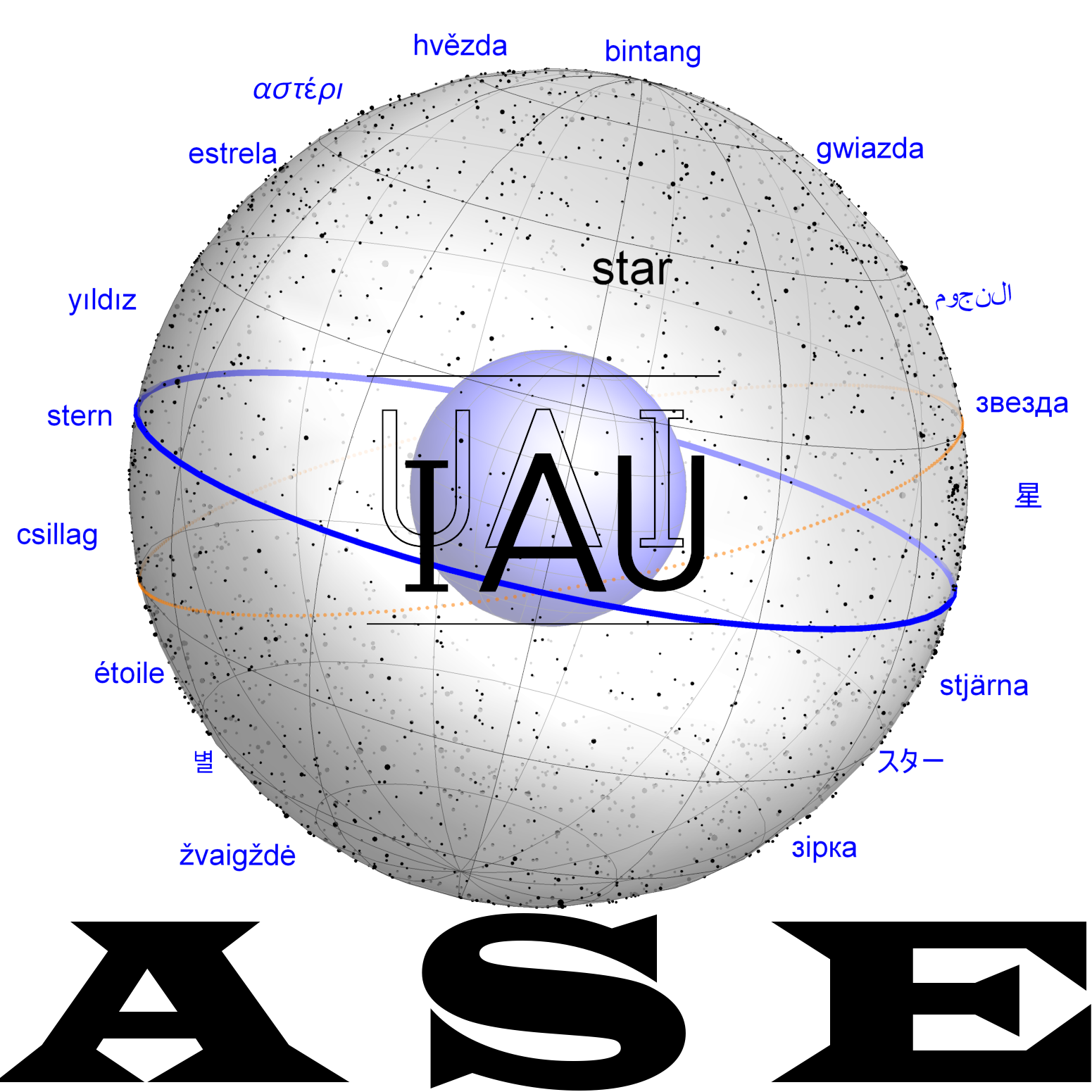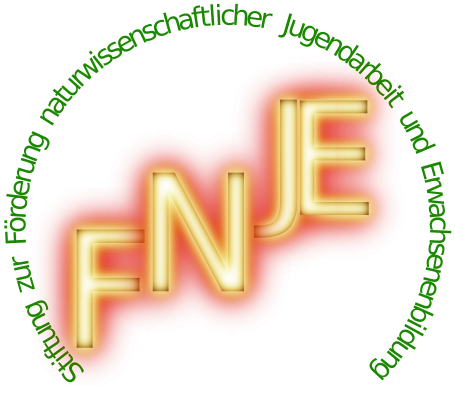Centaurus: Difference between revisions
No edit summary |
No edit summary |
||
| Line 11: | Line 11: | ||
==== Greco-Roman ==== |
==== Greco-Roman ==== |
||
===== Aratos ===== |
|||
===== Eratosthenes ===== |
|||
===== Hipparchus ===== |
|||
===== Geminos ===== |
|||
==== Almagest ==== |
==== Almagest ==== |
||
Revision as of 07:43, 18 April 2025
One of the 88 IAU constellations. The ancient Greek constellation of the Centaur forms a super-constellation with Lupus and Ara. It is unknown whether or not Centaurus had a Babylonian predecessor: The Mesopotamian uranologies in this area mention a god (Numushda) whose appearance and exact location in the sky are not preserved, and the constellation UR.IDIM which is commonly translated as "Mad Dog" (or rabid dog) but also associated with a benevolent door keeper daemon who is a lion-man. Such a lion-man may possibly be depicted in seal imprints and mythologically named Urmahlullu.
Etymology and History
The Greek constellation is possibly derived from a Babylonian one. There were several centaur-like creatures and other mixed man-animal beings in Mesopotamian culture; seal imprints and reliefs witness them.
Origin of Constellation
Babylonian
Greco-Roman
Aratos
Eratosthenes
Hipparchus
Geminos
Almagest
| id | Greek
(Heiberg 1898) |
English
(Toomer 1984) |
ident. |
|---|---|---|---|
| 1 | |||
| 2 | |||
| 3 | |||
| 4 | |||
| 5 | |||
| 6 |
Transfer and Transformation of the Constellation
Greek Mythology
Weblinks
- Ridpath, Ian, “Star Tales: online edition”.











